AARP Hearing Center


The U.S. Postal Service raised the price of a first-class Forever stamp by 5 cents, from 73 cents to 78 cents, on July 13. A first-class stamp covers the cost to mail a 1-ounce letter; the cost of an additional ounce rose from 28 cents to 29 cents.
Many of the post office’s smorgasbord of services became more expensive, too.
Metered letters now cost 74 cents, up from 69 cents. Domestic postcard prices also went up, rising to 62 cents from 56 cents, while international postcards increased from $1.65 to $1.70. You’ll pay a nickel extra for outbound international letters: They now cost $1.70, up from $1.65.
What did a first-class postage stamp cost?
- Jan. 22, 2017: 49 cents
- Jan. 21, 2018: 50 cents
- Jan. 27, 2019: 55 cents
- Aug. 29, 2021: 58 cents
- July 10, 2022: 60 cents
- Jan. 22, 2023: 63 cents
- July 9, 2023: 66 cents
- Jan. 21, 2024: 68 cents
- July 14, 2024: 73 cents
- July 13, 2025: 78 cents
Source: Historian, U.S. Postal Service
What is a Forever stamp?
A Forever stamp sends a 1-ounce letter to any U.S. address. You don't have to add additional postage. In fact, you can use an original 41-cent Forever stamp you bought 18 years ago to mail a first-class letter today without additional postage.
Forever stamps, introduced in 2007, are always equivalent to the current price of a first-class stamp. Since 2011, virtually all first-class stamps sold are Forever stamps.































































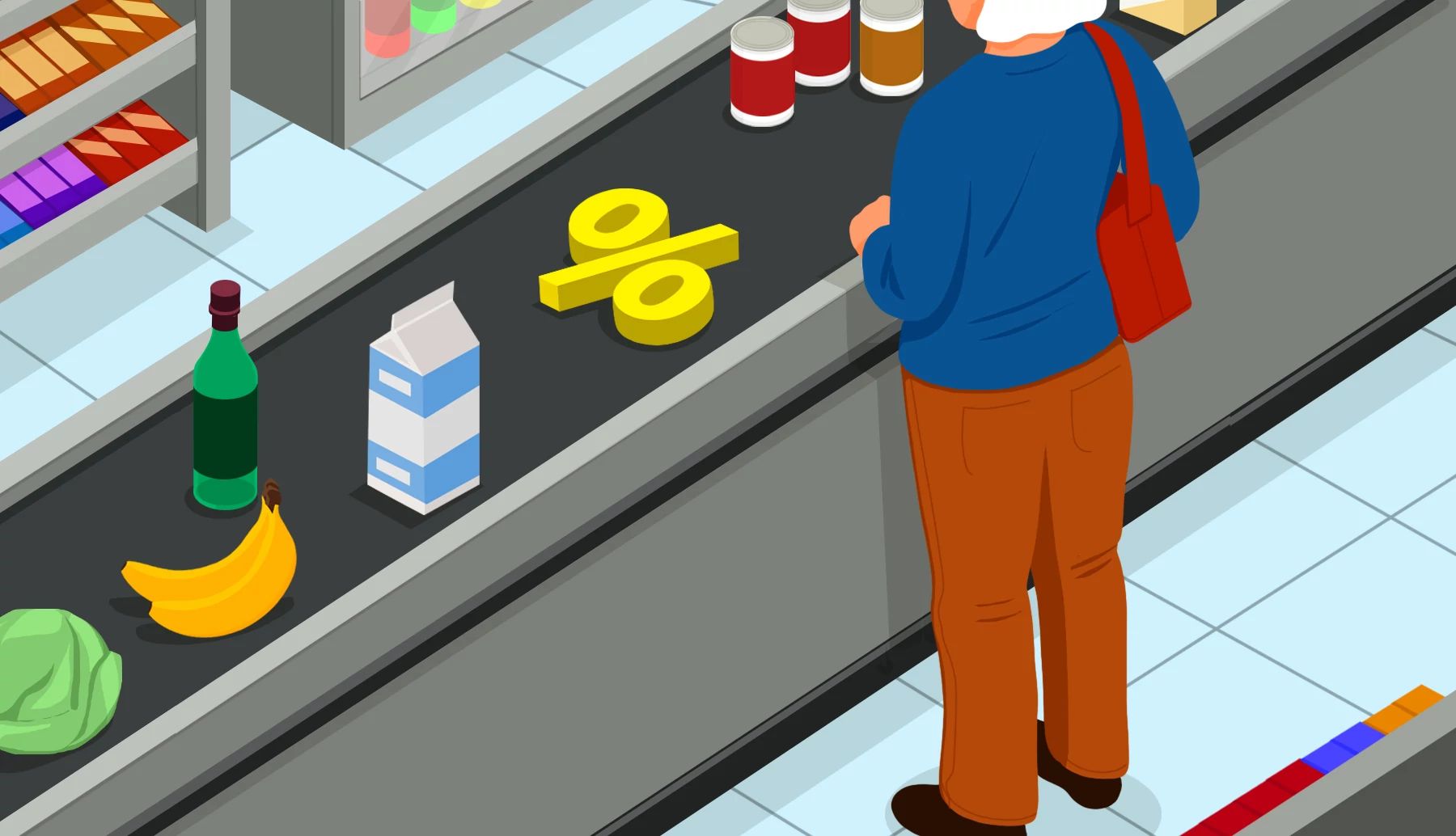


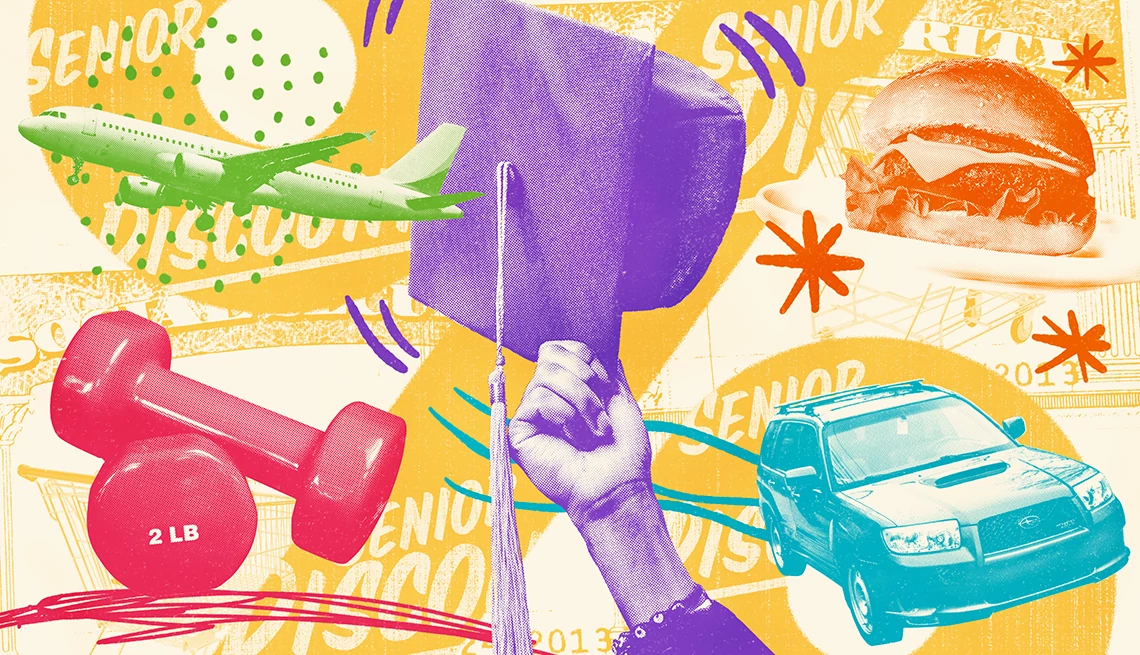

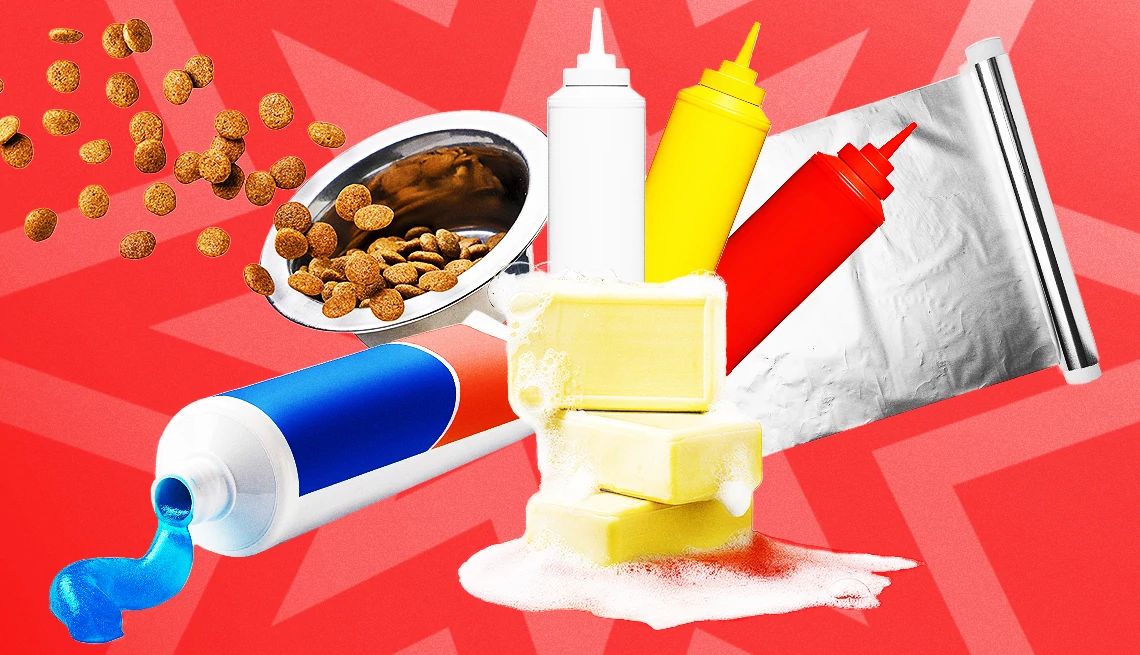
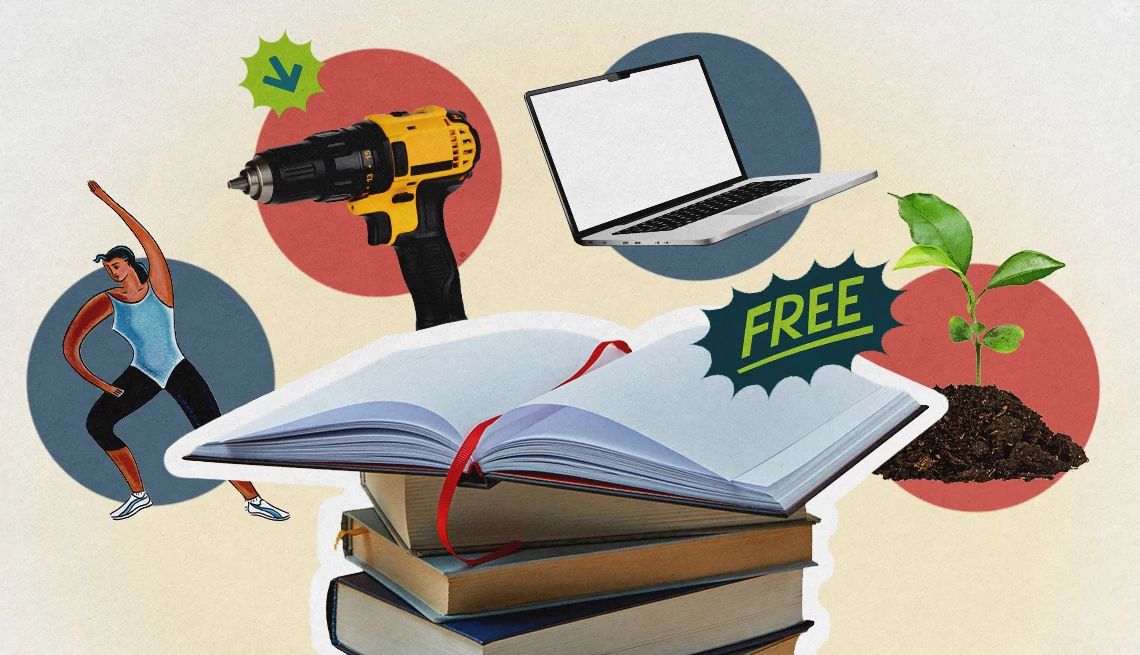


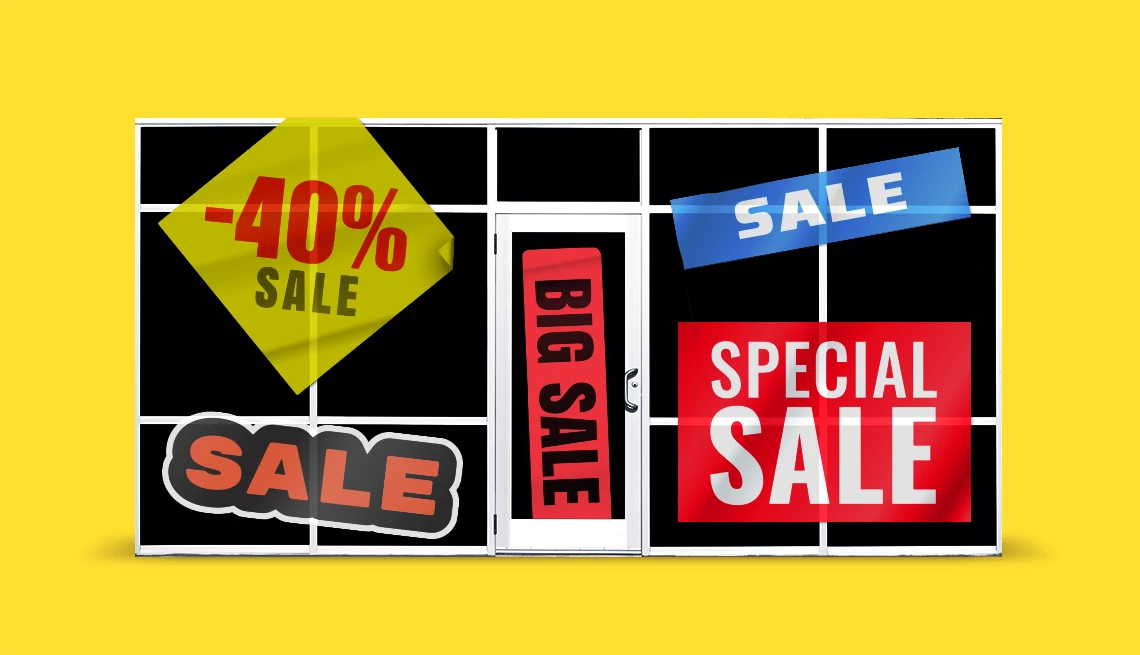


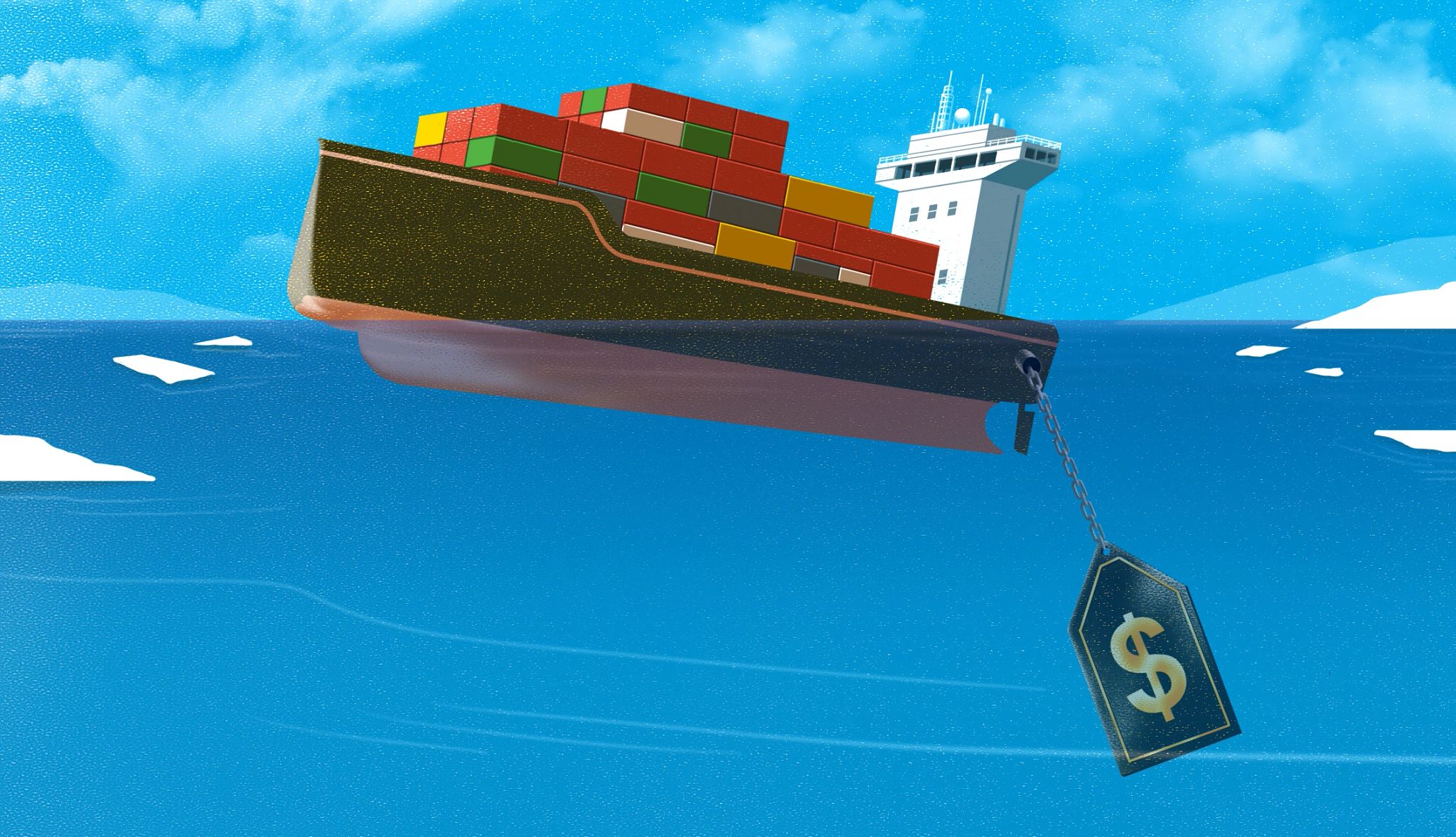





More From AARP
How to Protect What You Collect
Tips for caring for your collectibles, including proper organization, accurately assessing the value and more
3 Retailers that Sell Gold
In good and bad times, gold is in demand. While much of gold sales happen through authorized sellers, you can also get your hands on bullion at some unexpected places — including these three national retailers.
What You Need To Know About Roth IRAs
Tax-free income at retirement — if you follow the rules